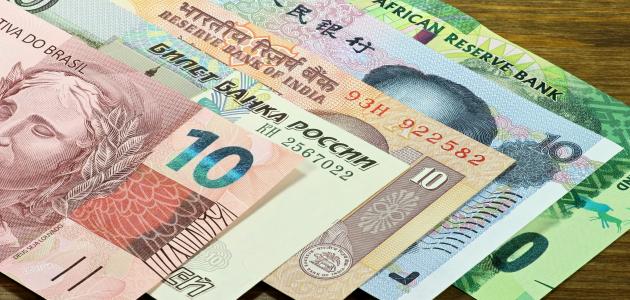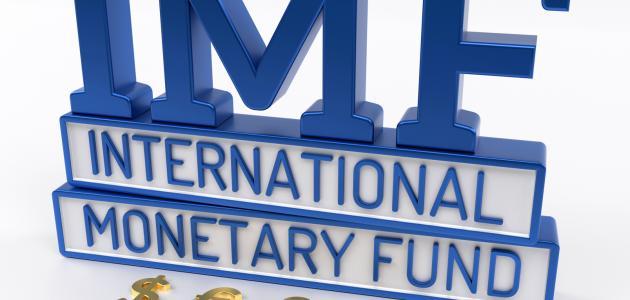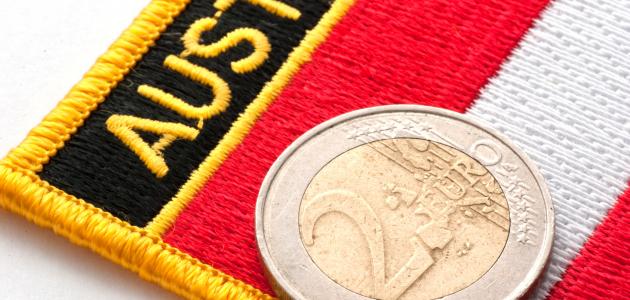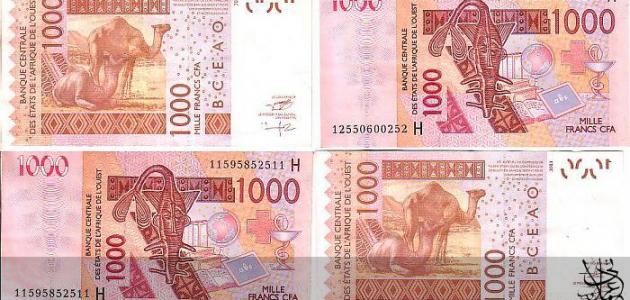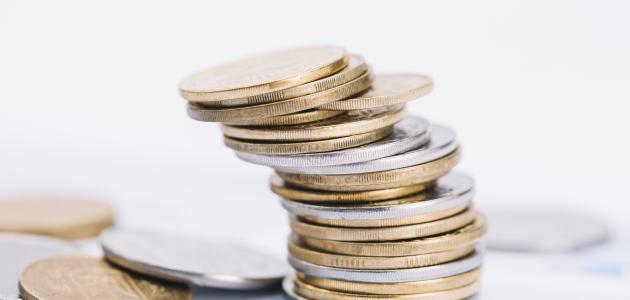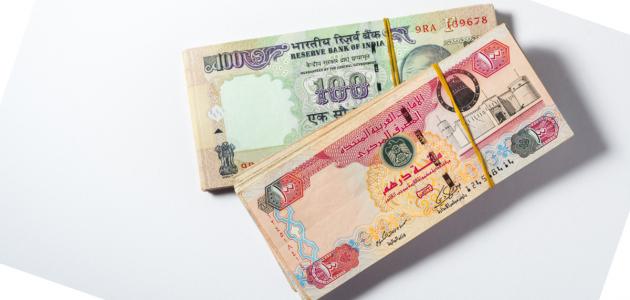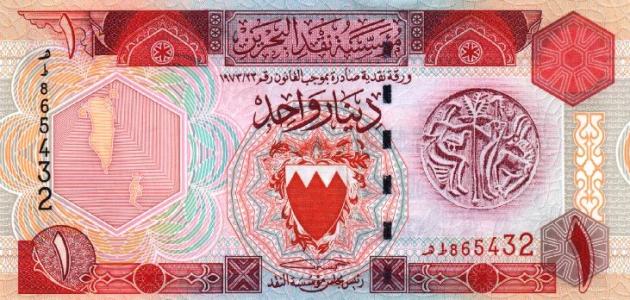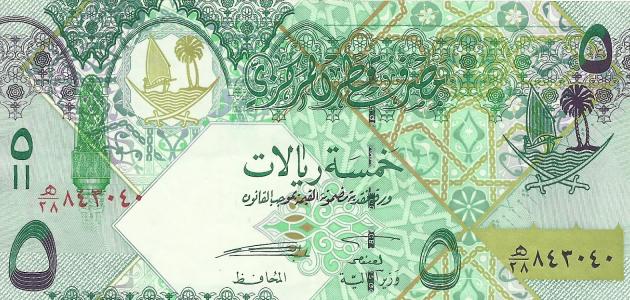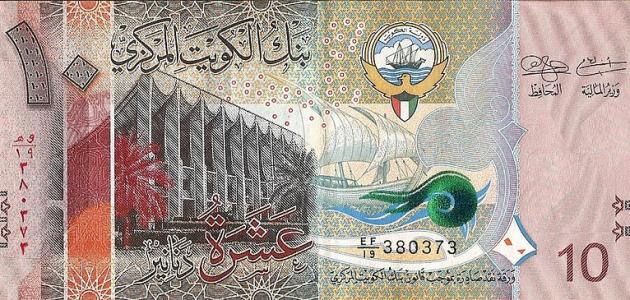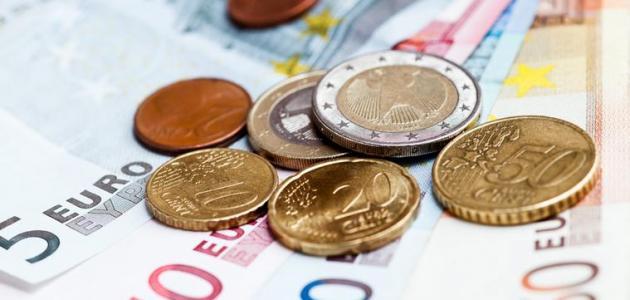Brazil's currency
The Brazilian real is the official currency in Brazil, and it is abbreviated in the international financial markets with the symbol ($R), and it consists of one hundred sub-units, and each unit is called a centavo (in English: centavo), and the central bank in Brazil undertakes the task of issuing it, and in 1994 AD the Brazilian real was introduced in circulation; With the aim of achieving stability in the economy, which suffered from high inflation rates, coins are issued in denominations ranging from 1 centavo to one riyal, and banknotes are issued from 1 riyal to 100 riyals.
Brazil currency design
Each banknote contains an image symbolizing the Brazilian Republic, with the exception of the 10 riyals denomination, as it contains the image of the Portuguese navigator Pedro Alvarez Cabral, the first European explorer of Brazil, and the other side of it is decorated with pictures of wildlife. As for the rest of the banknotes, they are adorned with a statue of a woman wearing a crown of laurel leaves, as this statue was present throughout historical times in drawings and sculptures in Brazilian government buildings, and this statue was created by Francis Marian in the nineteenth century in support of the Brazilian Republic that was proclaimed in 1889 AD .
Brazil's currency over time
The old Brazilian real was the first official currency used by Brazil, as the Portuguese introduced it to the country during the colonial period; In order to replace the Portuguese riyal, this old currency was abbreviated in the financial markets as (Rs$), and the country continued to use it even after Brazil gained independence in 1822 AD. The currency continued to be used after Brazil gained its independence in 1822 AD, and in 1942 AD the old Brazilian real was replaced by the Cruzeiro.
Read also:What is the currency of London?The Cruzeiro became the official currency of the country in the twentieth century, and the currency was issued three times in the history of the country, as the first issue was in 1942 AD to replace the colonial Brazilian real, then it was reissued in 1967 AD as a result of increased inflation, and it continued to circulate until 1986 AD, then the currency was issued For the third time in 1990 AD, and its abbreviation in the financial markets was (Cr$), and in 1993 AD the Cruzeiro was replaced by the Cruzeiro Real, then the Cruzeiro Real was replaced by the current Brazilian Real on the thirtieth of June 1994 AD, and at that time it was in the form of coins of denomination (5). , 10, 25, and 50 riyals), then these currencies were withdrawn and banknotes were issued in denominations (5, 10, 20, 50, and 100 riyals).
Information about the currency of Brazil
There is a lot of information that can be identified about the Brazilian real, as follows:
- The value of the 1 riyal banknote can reach 100 riyals; This is because it is no longer printed and has become rarely circulated among people.
- There are 150 million coins of 1 riyal denomination still in circulation among people.
- There are 81 sub-denominations of the Brazilian Real minted by Community Banks in Brazil; To support the economy of some regions, such as: São Paulo and Rio de Janeiro.
- The Brazilian currency has changed at least eight times in just 50 years.
- The circulation of modern paper riyals began in 2010 AD in different sizes, as it was printed with various techniques.
- The exchange rate for the Brazilian real is 0.1924 US dollars.
Brazilian Central Bank
The Central Bank of Brazil was established on the thirty-first of December 1964 AD, and the governor of the Central Bank was appointed by specific members of the National Monetary Council until 1974 AD, then there were changes in the organizational structure of the Central Bank, some of which date back to old years from the history of the bank and some of them The other is considered to be recent changes in the bank’s structure. The Monetary Policy Committee (Copom) was established on the twentieth of June 1996 AD, which enacts monetary policies and sets the short-term interest rate. In December 2017, the Monetary Policy Committee (Copom) established what is known as a Monetary policy bias The mandate of the Governor of the Central Bank of Brazil to adjust the selic interest rate at any time between official meetings of the central bank.
Read also:The first country to use money